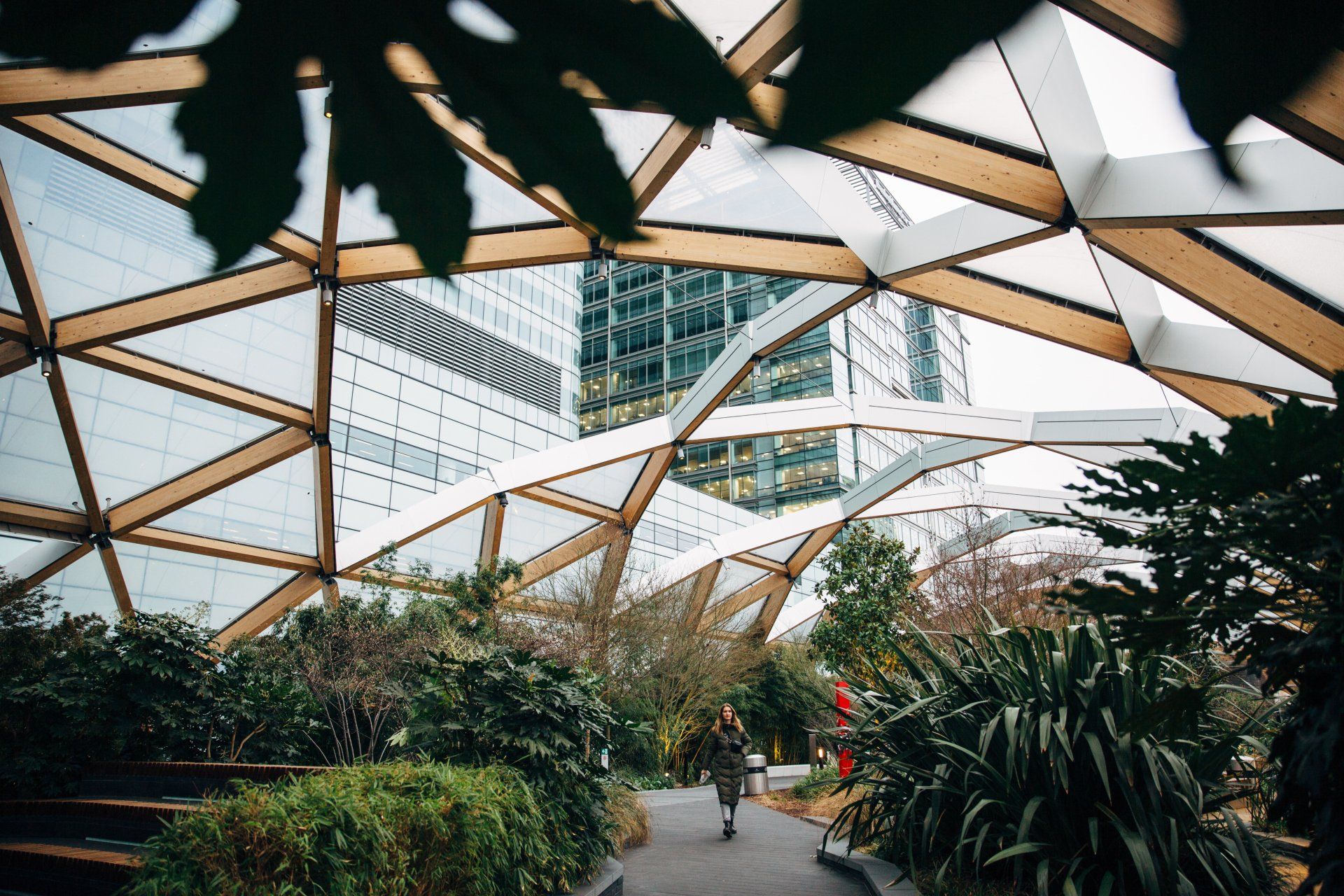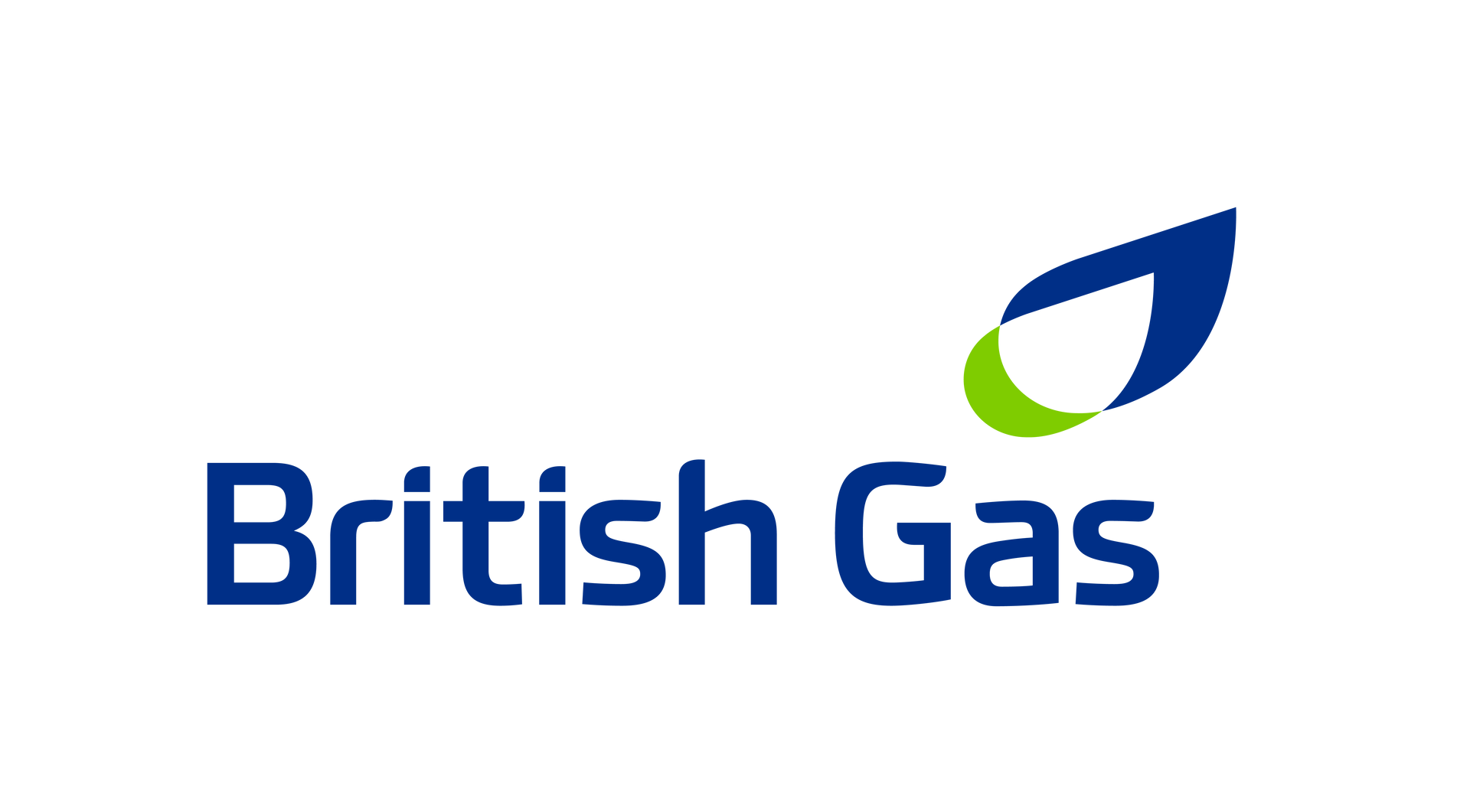Lighting
Lighting up your premises may seem fairly inconsequential but it’s surprising how much costs can soon mount up. In fact, if your business operates inside a building of any kind, lighting is usually one of the biggest energy eaters and there are all sorts of reasons for this.
Traditional incandescent light bulbs and halogen spotlights are often still in use. This type of lighting throws out as much heat as it does light, making it very expensive to run. However, a lot of energy is also wasted with poor lighting practices. Unnecessary lighting during out of hours, lights left on after use and exterior lighting coming on during the day all do their bit to waste your energy and bump up your bill.
Heating
According to The Carbon Trust, heating typically accounts for up to 40% of the energy used in non-domestic buildings. However, if you happen to be operating in an energy-intensive industry like manufacturing or have a particularly high space heating demand like a hospital or swimming pool, then this will be higher still.
Some of the most common causes for wasting energy through heat, no matter what industry you’re in, are things like heat loss from draughts, overheating areas that don’t need it (such as storage rooms or corridors) and heating at times of the day when it’s simply not needed. Even a poorly placed thermostat can have a knock-on effect on your energy bill.
Cooling
In many ways, cooling your business poses much of the same issues as heating. Any business where the heating and air conditioning control temperatures are competing against each other will understand just how easy it is to waste energy and money this way. And since many businesses have an air-conditioning system of some kind to provide a comfortable environment to work, this problem is likely to be fairly commonplace.
Old energy-eating air-conditioning units are often partly to blame, along with an inefficient system and controls set up and poor insulation. Even staff can throw things off if they use the thermostat incorrectly. However, with a good understanding of your business and its energy use it becomes much easier to know where to make the necessary changes.




